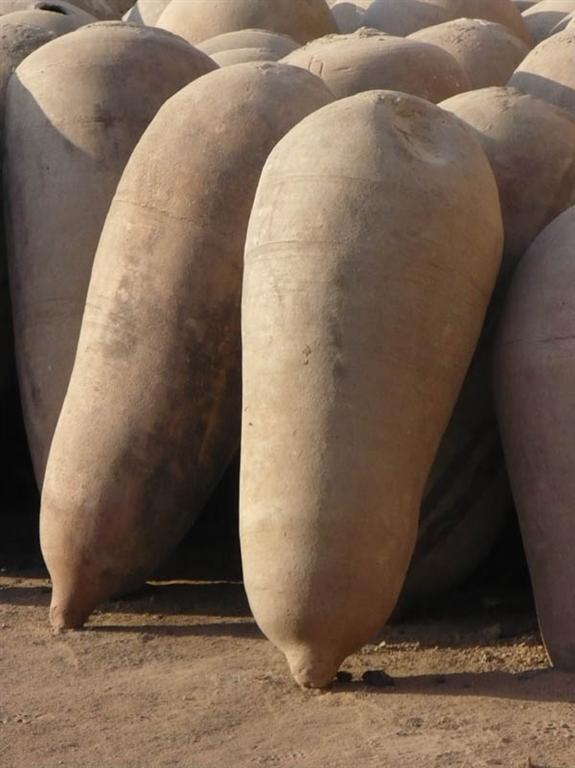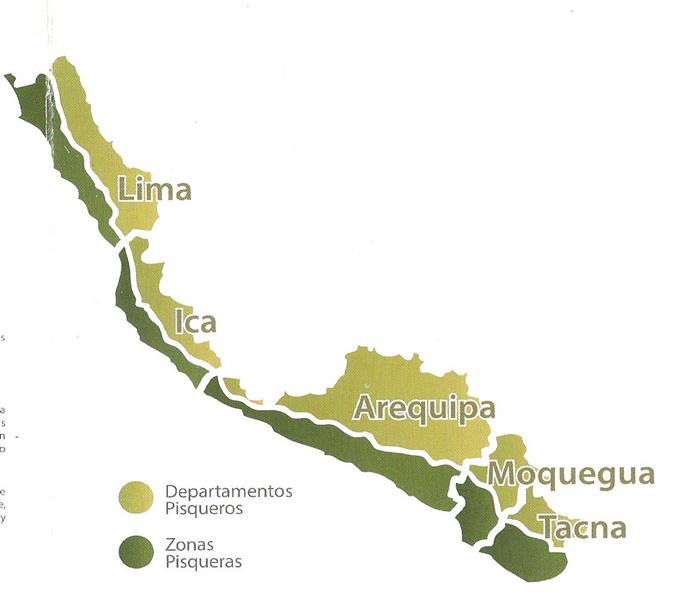Ask for Pisco, Request Pisco! Enjoy Pisco
The Regulating Council of Pisco Denomination of Origin
Pisco Producers has been given so that they function as such and represent the beneficiaries of the Pisco
Denomination of Origin (DO-PISCO), among other obligations. They verify, care for and defend Pisco’s quality, both in Peru and abroad. The organization’s seat is in the city of Pisco in the department of Ica, Peru.
CR-DOPISCO was authorized to function by the National Institute of Consumer Protection and Protection of Intellectual Property: INDECOPI, via Resolution Number 002378-2011/DSD-INDECOPI on February 14, 2011.
With the objective of integrating Pisco into the vine production chain and involving those members in CR-DOPISCO’s decisions, the Regulation of the DO-PISCO possess four (4) principle registries, which are:
1.Producers, 2.Vineyard owners, 3.Bodegas, and
4. Tasters. Additionally, there are other secondary registries, among them is “Friends of Pisco,” which are entirely at the orders of anyone interested.
The principal functions of the CR-DOPISCO are:
Guarantee the authenticity of Pisco for the consumer, by monitoring and controlling origin, production and quality of Pisco for its commercialization in both the national and international markets.
Generate a system of quality control including the necessary analytical an organoleptic exams.
Act with legal capacity in representation and in defense of the general interests of the DO-PISCO.
Keep track of annual Pisco production.
Pisco Process of Production
Harvest: When the Pisco grapes have reached their optimal maturity, in other words, when the adequate sugar concentration has been reached (which is measured and given in degrees Brix), the harvest or collection of grapes proceeds. The grapes are then transported to the bodega for weighing.
De-stemming and Crushing: Consists of separating the grapes from the individual stems and the stalk. The individual grapes are then crushed to free the juice or must.
Maceration: The grape must soaks along with the grape skins and seeds for a period of time (a few hours to much longer) before fermentation. This takes place as a way to extract the typical aromas from each Pisco grape.
Pressing: After the maceration and through the use of a press, the solids and the liquids are separated from the must, which is placed into a tank for the initial
fermentation stages.
Fermentation: Consists of the natural transformation of the grape sugars from the must into alcohol and carbon dioxide due to yeast. Next, the recently fermented must is taken to be distilled.
Distillation: One of the most important stages in the production of Pisco. It consists of heating the recently fermented must until its volatile components have evaporated and later, once cooled, are recovered in liquid form through condensation. This process takes place in a still or in a warm-wine still made from copper. In the latter, the distillation is direct and finishes at the alcoholic proof that the producer establishes.
Aging: The Pisco must age for at least three (3) months in a sterile tank in order for the organoleptic characteristics to really develop and allow for the positive evolution of all components. Before the Pisco is bottled, it is filtered as a way to eliminate impurities from the ceramic or glass storage tanks. Bodegas generally bottle Pisco at 42 proof.
Pisco, National Drink of Peru and Symbol of Identity and Peruvian  Heritage
Heritage
 Heritage
HeritagePisco is the product obtained exclusively through the distillation of fresh “Pisco Grape” must, which has been recently fermented via methods that maintain the principal traditional qualities.
It is protected by the Denomination of Origin (DO-PISCO. Its production and commercialization are subject to the fulfillment of the Regulation of the DO-PISCO as of 14 February, 2011, and as administered by the Regulating Council of the Pisco Denomination of Origin.
For more information, visit our website at: www.consejoreguladordelpisco.pe
What is the Denomination of Origin?
The Denomination of Origin is understood as the name of a country, region or a specific place that is used to designate a product that is native to that place. This product’s qualities and characteristics are due exclusively and essentially from the geographical environment, which includes natural factors such as geography, climate, raw materials, etc. This also includes human factors such as history, tradition, labor, art, ingenuity, etc.
This description is of Pisco in Peru, such as Tequila in Mexico,Champagne and Cognac in France, Brandy from Sherry in Spain and many other Denominations of Origin around the world.
Departments or Pisco Zones.
 Pisco Production Zones
Pisco Production ZonesThe geographical zones as indicated by the regulation of the Denomination of Origin of Pisco are: The valleys along the coasts of the departments of Lima, Ica, Arequipa, Moquegua and the Valleys of Locumba, Sama and Caplina from the department of Tacna.
Coast:
Geographical area that extends along the Peruvian coastline, with elevation ranging from 0 and 2000 meters above sea level.
Pisco must present the following characteristics:
View: Transparent, clear, clean and shiny
Nose: slightly alcoholic, should remind one of the grape used to make the Pisco. Able to identify mature or overly mature fruits, intense, very refined, with structure and balance, without any strange elements.
Mouth: Slightly alcoholic with a flavor that should remind one of the grape used to make the Pisco. It should be persistent, intense, very refined, velvety, with structure and balance, without any strange elements.
Varieties of Pisco Grapes
Pisco should be made exclusively using the so called “Pisco Grapes” cultivated in the recognized production zones. There are eight Pisco grapes, their species and cultivation zones are:
Pisco Grape Species Cultivation Zone
Quebranta Vitis vinifera L. All Pisco Zones
Negra Criolla Vitis vinífera L. All Pisco Zones
Mollar Vitis vinifera L. All Pisco Zones
Italia Vitis vinifera L. All Pisco Zones
Moscatel Vitis vinifera L. All Pisco Zones
Albilla Vitis vinifera L. All Pisco Zones
Torontel Vitis vinifera L. All Pisco Zones
Uvina Vitis aestivalis *
M.-cinerea E.x
Vitis vinifera L.
*Cultivation and production are limited only to the districts of Lunahuana, Pacaran and Zuñiga in the province of Cañete, in the department of Lima.
Regulatory Council of the Pisco Denomination of Origin

Av. Benavides 2426 of. 203 Miraflores Lima 18, Peru
Telefax: (511) 2664626
National Association of Pisco Producers
RUC: 20392665715
www.consejoreguladordelpisco.pe
mail@consejoreguladordelpisco.pe
Look for us in Facebook as: Consejo Regulador de la Denominación de Origen Pisco.
National Commission of Pisco: CONAPISCO
The Authority of Public-Private coordination that brings together producers, associations and instutions that promote the development of the Pisco production chain, which was constituted via the Supreme Decree Nº 014-2003-PRODUCE from May 28, 2003 and is presided over by the Vice Ministerial Office from the Micro and Small Businesses and Industry of the Ministry of Production.
www.conapisco.org.pe
Translated by Katrina Heimark
December 2013

No hay comentarios:
Publicar un comentario